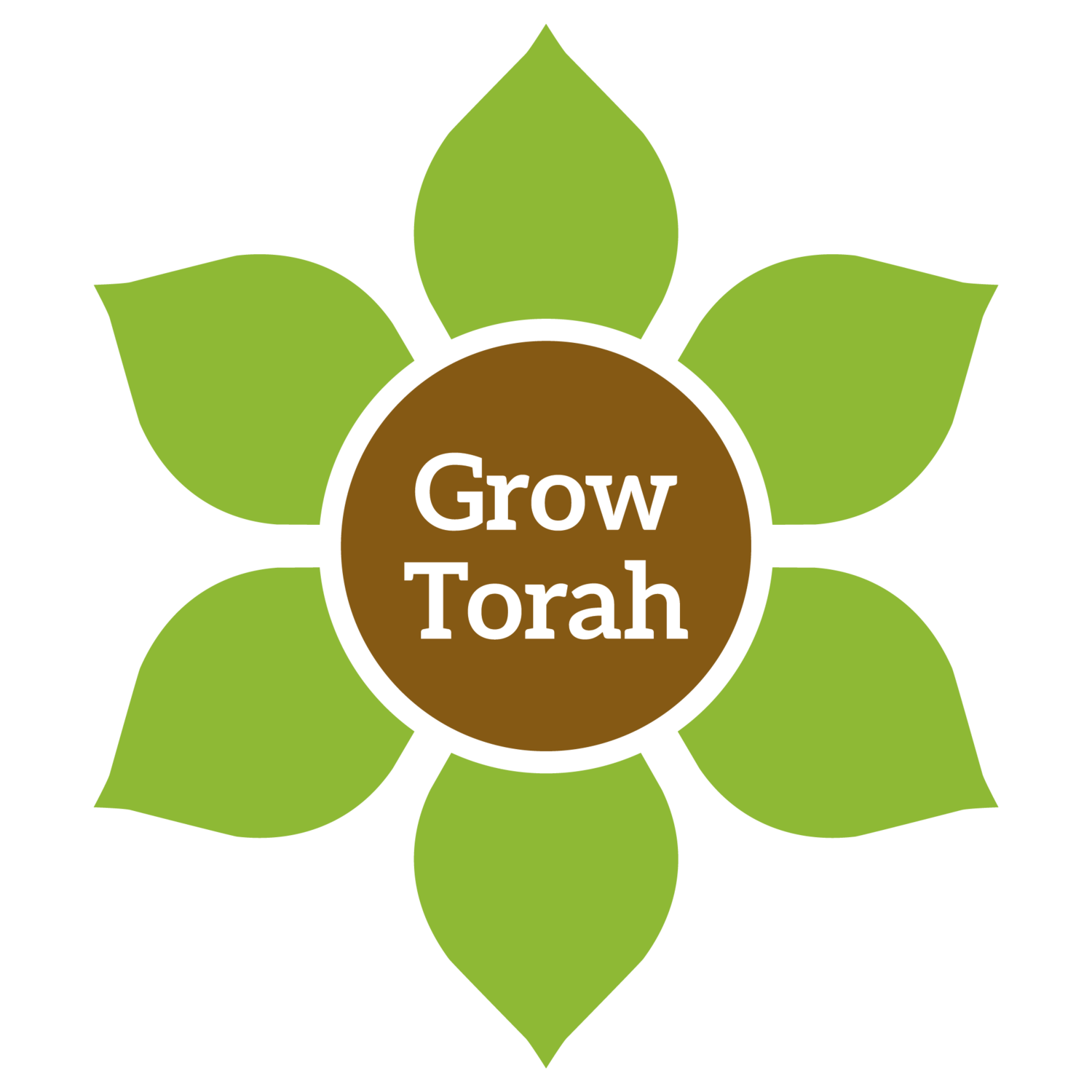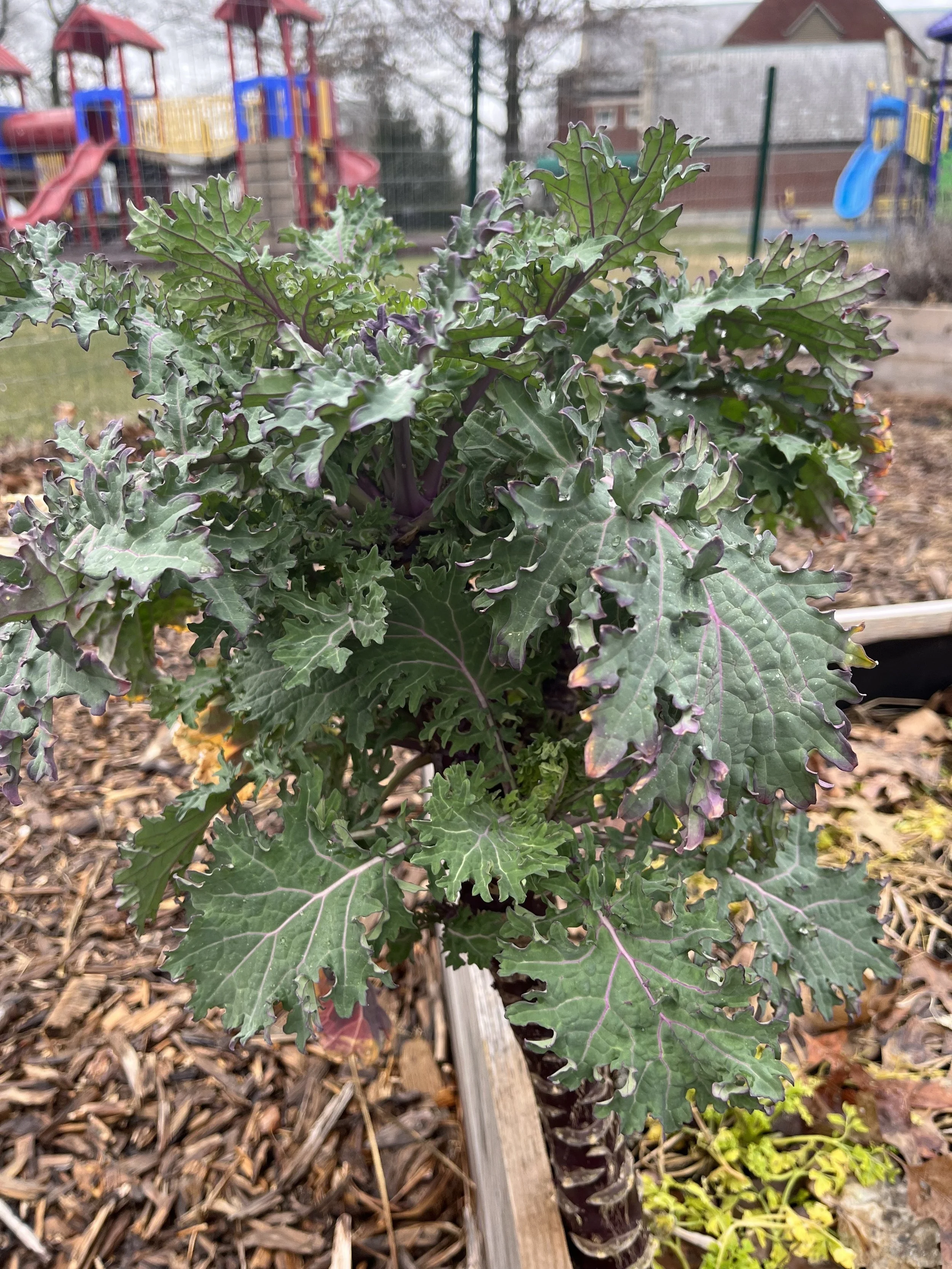Kale - קֵיְיל
Agricultural Information:
Family: Cruciferae (Brassicaceae)
Scientific name: Brassica oleracea
Cabbage is an annual plant from the Cruciferae family, and is one of the most important crops grown for human consumption. The edible part of the plant is its rosette of leaves, eaten both raw and cooked.
Historical Information:
Keruv is mentioned often by the Sages as a crop grown as an edible vegetable. The initial use of this vegetable—including various species in the family such as kale, kohlrabi, broccoli, and cauliflower—dates back to the Second Temple period, following the Greek and Roman conquests.
As part of the praises of the Land of Israel, the Talmud describes a cabbage that required climbing with a ladder. This likely refers to one of the cabbage varieties with a central stalk from which the rosette of edible leaves develops.
Halachic Information:
Kilei zera’im & kilei hakerem (interplanting: annuals & grapevines): Since kale is an annual vegetable, the laws of kilei zera’im apply. Therefore, it should be distanced from other edible annuals and grapevines.
Infestation: Similar to other leafy vegetables, kale is often heavily infested with insects that are difficult to detect due to their color that is very similar to the leaves.
Information about plants as they relate to torah and mitzvot has been generously provided by Mercaz Torah VeHa’aretz Institute.


